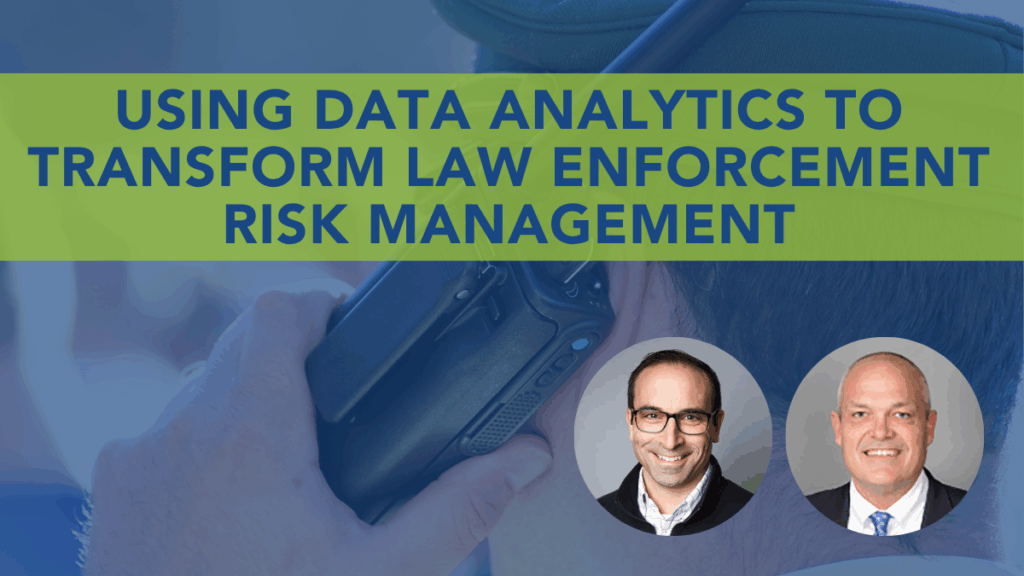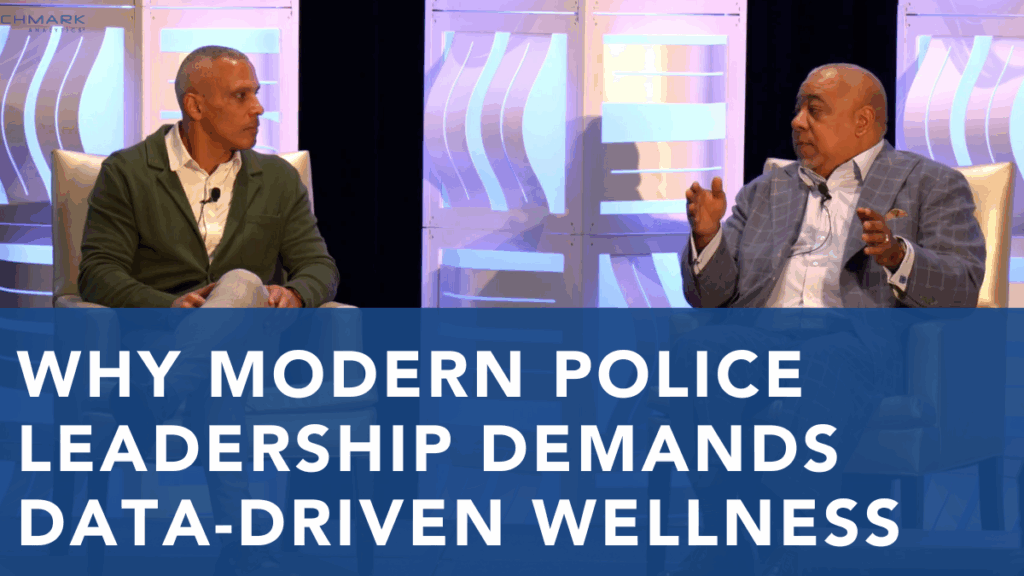The Evolution of Law Enforcement Data
Posted
April 27, 2020
Share:
The first documented use of data and analysis in American policing was in 1906 by August Vollmer in Berkeley, California. Vollmer organized patrol beats based on reviewing police reports and pin-mapping crimes.
(Source: Increasing Analytic Capacity of State and Law Enforcement Agencies: Moving Beyond Data Analysis to Create a Vision for Change by the Bureau of Justice Assistance, Law Enforcement Forecasting Group).

Data and analysis have now been part of American policing for more than a century – evolving from Vollmer’s pin-mapping to comparative data tables; from simple patterns analysis and batch processing on mainframe computers to user interface with real-time analysis; and eventually to more flexible and sophisticated analysis.
From Undefined to Predictive
Considering the growth of information today, as well as expansion of technology solutions, it is critical for public safety agencies to understand their organization’s data. However, data and analysis vary from agency to agency, and this can best be described in the five stages of transformative management for law enforcement.
Transformative Management is how agencies oversee processes and data related to police force management, to improve the effectiveness of both their civilian and sworn personnel. The stages start at Undefined and move along a pathway to Manual, Digital, Analytic and Predictive. At the International Association of Chiefs of Police (IACP) 2019 Annual Conference, Nick Montgomery, Chief Research Officer at Benchmark Analytics, shared with attendees what each stage meant:
- Undefined: An agency is at the Undefined stage when they have not begun implementing data-collection systems and have no operational initiatives to utilize data in decision-making.

- Manual: An agency is at the Manual stage when they have defined processes — though the processes are often managed by manually logging data into spreadsheets and using rudimentary analysis.
- Digital: At the Digital stage, agencies start automating manual processes and source programs to develop data management workflows.
- Analytic: In order to analyze data, agencies need to be able to “read” it. At the Analytic stage, an agency has the data and is beginning to understand what it means.
- Predictive: Law enforcement agencies can benefit from developing an analytic capacity, and this is demonstrated in the Predictive stage. The Predictive stage is when agencies use the data, reports, and analytics to make meaningful decisions – optimizing the outcomes they aim to achieve through transformation.
Montgomery also shared that agencies often achieve these stages in two milestones. The first milestone is Undefined to Digital. The second milestone is Digital to Predictive.
In the first milestone, agencies reach the Digital stage and have automated manual processes, as well as start to bring in data. However, agencies may not know how to utilize the data yet. In the second milestone, agencies reach the Predictive stage because they engage in multiple data sources, as well as use robust reporting tools, to hone in on the data that matters most— in order to better serve their personnel and surrounding community.
Reaching the Predictive Stage
Agencies should incorporate technology solutions that can help them reach the Predictive stage in transformative management, such as:
- Early Intervention Systems (EIS)
EIS platforms are used by many agencies — but most are trigger-based systems that regularly produce inaccuracies. In Montgomery’s IACP presentation, he shared that trigger-based Early Intervention systems typically flag the wrong officers and can produce a high rate of false negatives and false positives in a department.A research based EIS utilizes machine learning, has the ability to learn patterns in data as well as to use those patterns to make predictions. As a result, agencies significantly reduce the number of incorrect flags and, instead, can take a proactive and preventative approach when identifying officers that may require additional training, counseling or intervention.
Learn more about how Early Intervention Systems have evolved, as well as view the full IACP presentation here.
- Personnel Management Software
Personnel management software, like the Benchmark Management System®, is designed to capture all day-to-day operational information in one location. It also provides agencies an all-encompassing, fully automated management tool – essential for capturing critical data, as well as departmental reports and forms. For example, BMS provides custom Exposure Forms, used to monitor all interactions related to coronavirus – to help identify trends, facilitate proactive intervention and help keep law enforcement agencies safe.The BMS reporting dashboard also provides agencies with a fully-automated administrative backbone – acting as a workforce multiplier to help your agency do more with less.
- Training Management System (TMS)
It is critical for agencies to have the tools to deliver up-to-date training organization-wide, especially during the evolving coronavirus pandemic. A TMS allows departments to train virtually, track completion and send updates in a way that best prepares officers to serve successfully and safely. Additionally, a TMS tracks training activities crucial for managing certifications to meet mandatory compliance.Learn about how a TMS can help your agency in our post: The Benefits of a Learning Management System for Today’s Public-Sector Organizations.
If you would like to know more about what Benchmark can do to help your agency reach the Predictive stage, visit us at Ready to do more with your data?
Related Posts
Ready to Experience the Benchmark Difference?
Benchmark Analytics and its powerful suite of solutions can help you turn your agency’s challenges into opportunities. Get in touch with our expert team today.



